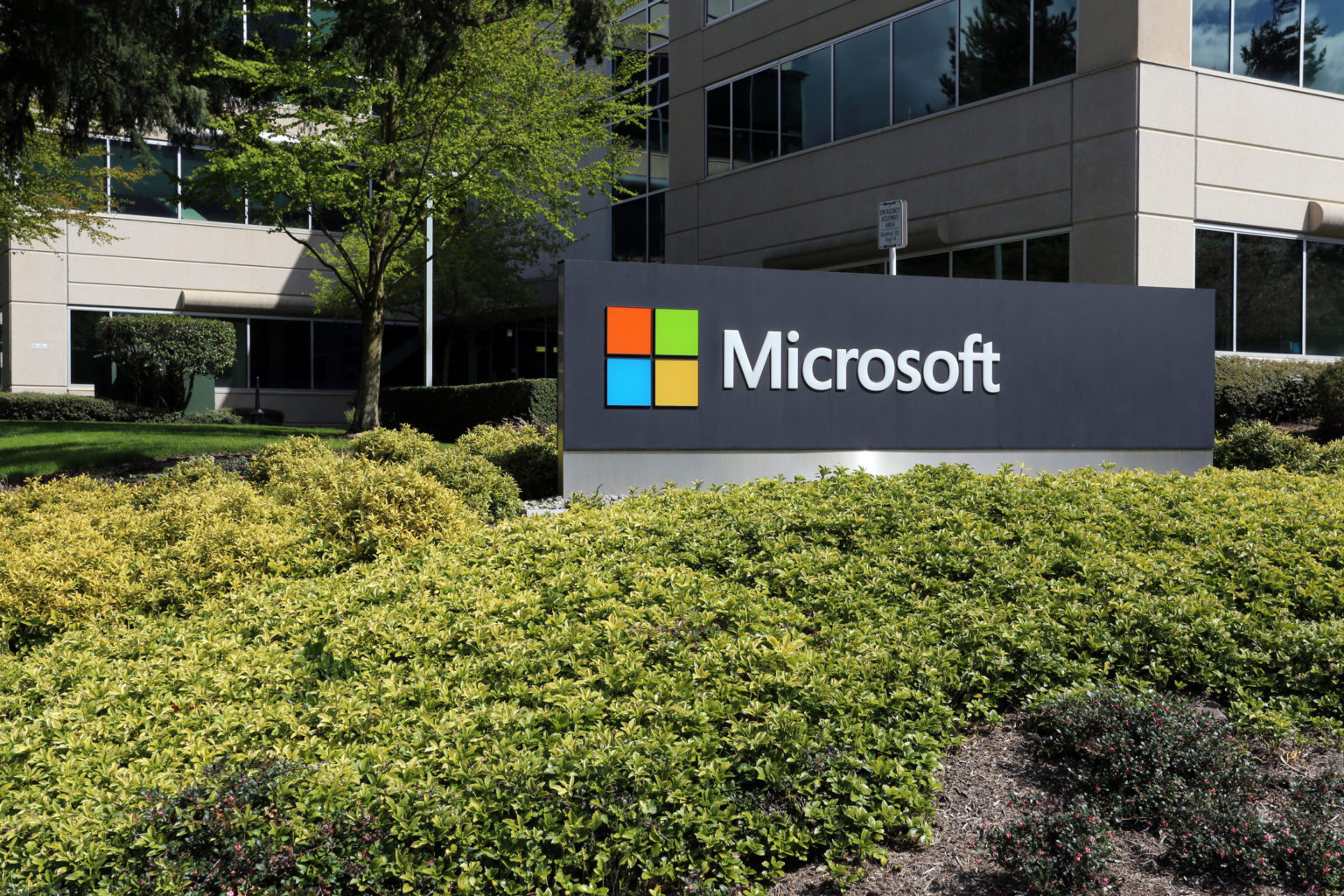The Cloud Native Computing Foundation (CNCF) accepted OpenMetrics, an open source specification for metrics exposition, into the CNCF Sandbox, a home for early stage and evolving cloud native projects. Google cloud engineers and other vendors had been working on this persistently from the past several months and finally it got accepted by CNCF. Engineers are further working on ways to support OpenMetrics in the OpenSensus, a set of uniform tracing and stats libraries that work with multi-vendor services.
OpenMetrics will bring together the maturity and adoption of Prometheus, and Google’s background in working with stats at extreme scale. It will also bring in the experience and needs of a variety of projects, vendors, and end-users who are aiming to move away from the hierarchical way of monitoring to enable users to transmit metrics at scale.
The open source initiative, focused on creating a neutral metrics exposition format will provide a sound data model for current and future needs of users. It will embed into a standard that is an evolution of the widely-adopted Prometheus exposition format. While there are numerous monitoring solutions available today, many do not focus on metrics and are based on old technologies with proprietary, hard-to-implement and hierarchical data models.
“The key benefit of OpenMetrics is that it opens up the de facto model for cloud native metric monitoring to numerous industry leading implementations and new adopters. Prometheus has changed the way the world does monitoring and OpenMetrics aims to take this organically grown ecosystem and transform it into a basis for a deliberate, industry-wide consensus, thus bridging the gap to other monitoring solutions like InfluxData, Sysdig, Weave Cortex, and OpenCensus. It goes without saying that Prometheus will be at the forefront of implementing OpenMetrics in its server and all client libraries.
CNCF has been instrumental in bringing together cloud native communities. We look forward to working with this community to further cloud native monitoring and continue building our community of users and upstream contributors.” says Richard Hartmann, Technical Architect at SpaceNet, Prometheus team member, and founder of OpenMetrics.
OpenMetrics contributors include AppOptics, Cortex, Datadog, Google, InfluxData, OpenCensus, Prometheus, Sysdig and Uber, among others.
“Google has a history of innovation in the metric monitoring space, from its early success with Borgmon, which has been continued in Monarch and Stackdriver. OpenMetrics embodies our understanding of what users need for simple, reliable and scalable monitoring, and shows our commitment to offering standards-based solutions. In addition to our contributions to the spec, we’ll be enabling OpenMetrics support in OpenCensus” says Sumeer Bhola, Lead Engineer on Monarch and Stackdriver at Google.
For more information about OpenMetrics, please visit openmetrics.io. To quickly enable trace and metrics collection from your application, please visit opencensus.io.
5 reasons why your business should adopt cloud computing
Alibaba Cloud partners with SAP to provide a versatile, one-stop cloud computing environment
Modern Cloud Native architectures: Microservices, Containers, and Serverless – Part 1
Read more
 United States
United States
 Great Britain
Great Britain
 India
India
 Germany
Germany
 France
France
 Canada
Canada
 Russia
Russia
 Spain
Spain
 Brazil
Brazil
 Australia
Australia
 South Africa
South Africa
 Thailand
Thailand
 Ukraine
Ukraine
 Switzerland
Switzerland
 Slovakia
Slovakia
 Luxembourg
Luxembourg
 Hungary
Hungary
 Romania
Romania
 Denmark
Denmark
 Ireland
Ireland
 Estonia
Estonia
 Belgium
Belgium
 Italy
Italy
 Finland
Finland
 Cyprus
Cyprus
 Lithuania
Lithuania
 Latvia
Latvia
 Malta
Malta
 Netherlands
Netherlands
 Portugal
Portugal
 Slovenia
Slovenia
 Sweden
Sweden
 Argentina
Argentina
 Colombia
Colombia
 Ecuador
Ecuador
 Indonesia
Indonesia
 Mexico
Mexico
 New Zealand
New Zealand
 Norway
Norway
 South Korea
South Korea
 Taiwan
Taiwan
 Turkey
Turkey
 Czechia
Czechia
 Austria
Austria
 Greece
Greece
 Isle of Man
Isle of Man
 Bulgaria
Bulgaria
 Japan
Japan
 Philippines
Philippines
 Poland
Poland
 Singapore
Singapore
 Egypt
Egypt
 Chile
Chile
 Malaysia
Malaysia















